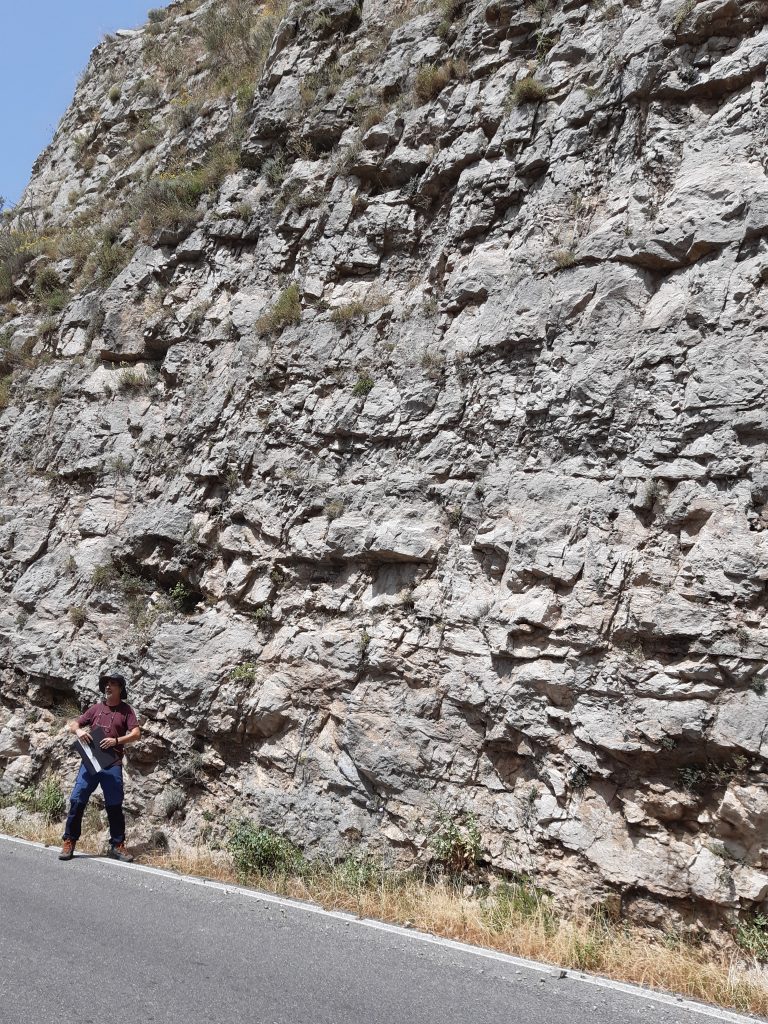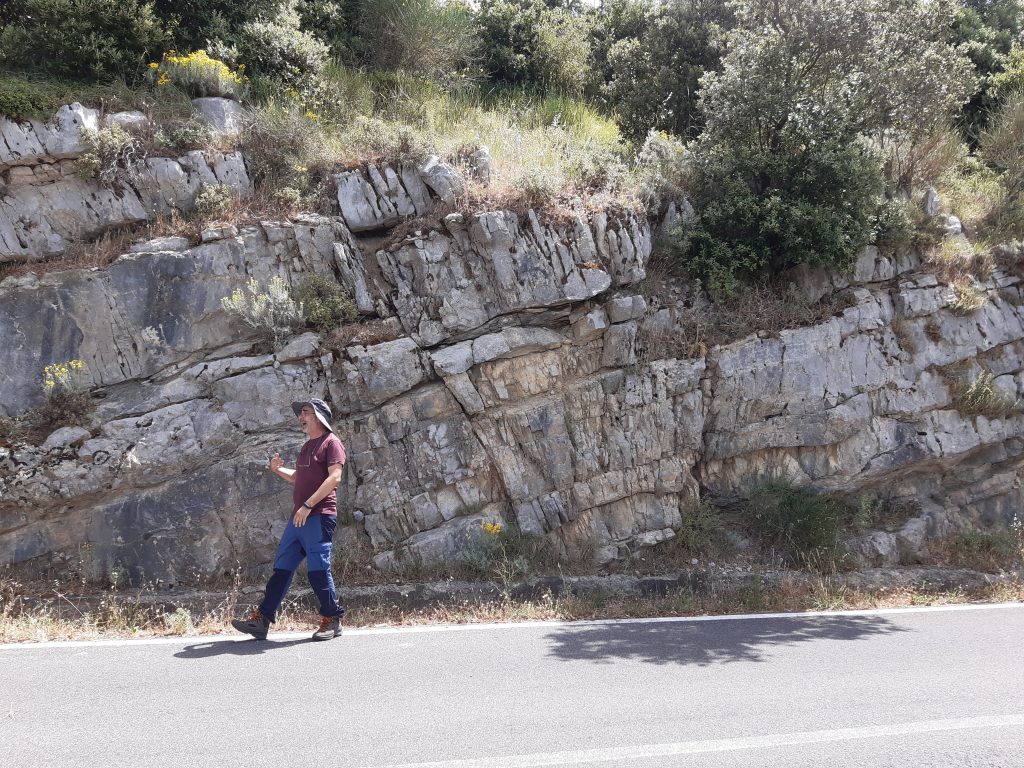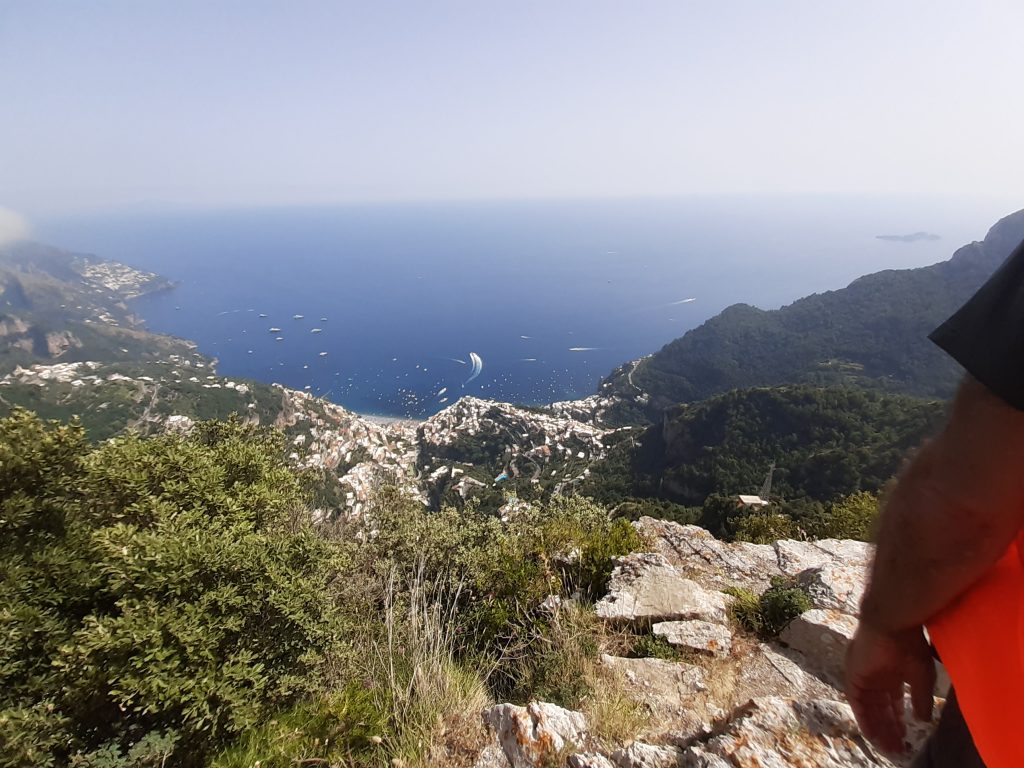Research
Badali' 2024, "Seismic expression expression of shallow-water carbonate structures through geologic time", Interpretation, Vol. 12, No. 2, p.T119-T147
This is the final publication of Marcello’s last research, which he has carried on for two years, analyzing more than 700 publications, which covered 297 shallow-water carbonate systems of different ages, spanning from Precambrian to present, with a worldwide distribution of 159 sedimentary basins. Partial and preliminary results were presented in three international conferences in 2022 and 2023 (see below).
This study was, even though extremely demanding and challenging for the significant amount of public data and information the author had to go through and organize in a coherent database, a fascinating travel in time, which allowed the author to associate disciplines such as paleontology, sedimentology, paleomorphology (and even some paleoclimatology), with the study of seismic features in shallow-water carbonates.
Even though there have been, in the last 50 years, several studies dealing with the evolution of carbonate features (especially reefs) over geologic time, this is the first research that associates that evolution (not only of reefs but of the whole shallow-water system, such as, for instance, a carbonate platform) with the corresponding change of the appearance of these features in reflection seismic data.
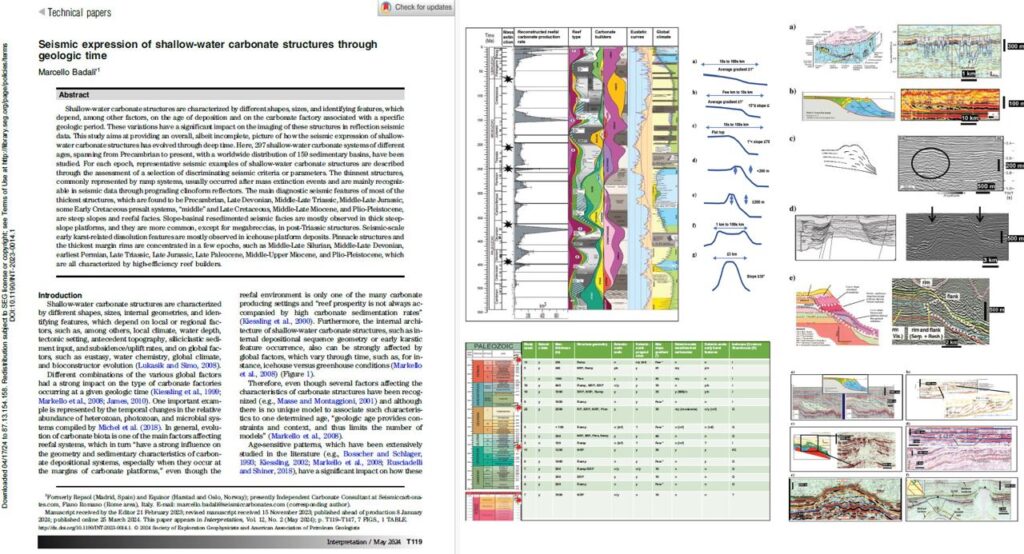
Hopefully, the results of this study could represent a significant contribution to a better understanding of the large-scale sedimentology and the seismic interpretation of carbonate rocks, both for carbonate geologists and non-carbonate geoscientists.
Last, but not least, this paper is also a quite exhaustive illustrated summary of the most popular producing carbonate plays around the world, and it can be definitely used as a reference or a training tool for carbonate explorers (in fact, the results of this research can be integrated, on demand, in Marcello’s carbonate seismic interpretation training course).
The paper is quite extensive. It is composed of 29 pages, plus some supplemental materials, including a Pdf file with several seismic images of carbonate systems from all epochs of the Phanerozoic eon (plus some Precambrian examples) and an Excel table, in which the 297 studied carbonate systems, with a worldwide distribution of 159 sedimentary basins, are listed.
Abstract
Shallow-water carbonate structures are characterized by different shapes, sizes, and identifying features, which
depend, among other factors, on the age of deposition and on the carbonate factory associated with a specific
geologic period. These variations have a significant impact on the imaging of these structures in reflection seismic
data. This study aims at providing an overall, albeit incomplete, picture of how the seismic expression of shallow-water
carbonate structures has evolved through deep time. Here, 297 shallow-water carbonate systems of different
ages, spanning from Precambrian to present, with a worldwide distribution of 159 sedimentary basins, have been
studied. For each epoch, representative seismic examples of shallow-water carbonate structures are described
through the assessment of a selection of discriminating seismic criteria or parameters. The thinnest structures,
commonly represented by ramp systems, usually occurred after mass extinction events and are mainly recognizable
in seismic data through prograding clinoform reflectors. The main diagnostic seismic features of most of the
thickest structures, which are found to be Precambrian, Late Devonian,Middle-Late Triassic, Middle-Late Jurassic,
some Early Cretaceous presalt systems, “middle” and Late Cretaceous,Middle-LateMiocene, and Plio-Pleistocene,
are steep slopes and reefal facies. Slope-basinal resedimented seismic facies are mostly observed in thick steepslope
platforms, and they are more common, except for megabreccias, in post-Triassic structures. Seismic-scale
early karst-related dissolution features aremostly observed in icehouse platform deposits. Pinnacle structures and
the thickest margin rims are concentrated in a few epochs, such as Middle-Late Silurian, Middle-Late Devonian,
earliest Permian, Late Triassic, Late Jurassic, Late Paleocene, Middle-Upper Miocene, and Plio-Pleistocene, which
are all characterized by high-efficiency reef builders.
November 6-8, 2023: AAPG ICE '23 (International Conference and Exhibition)
The topic of this speech, “Evolution of the seismic character of slope/basinal resedimented deposits from shallow-water carbonate structures over geologic time”, is part of a larger study Marcello has been carrying on since 2022. The goal of this research is to investigate possible patterns and trends in the seismic expression of shallow-water carbonates throughout geologic time, from Precambrian to present day (see 2022 AAPG conference below on this page).
Through the study of a database of more than 700 publications, several seismic criteria, or parameters, characterizing 296 shallow-water carbonate systems of different ages, with a worldwide distribution of 159 sedimentary basins, have been analyzed. In this speech, the results regarding the seismic criterion associated with the distribution, characterization and seismic imaging of slope/basinal resedimented carbonates (e.g. calciturbidites, debris, talus and megabreccias) are discussed.
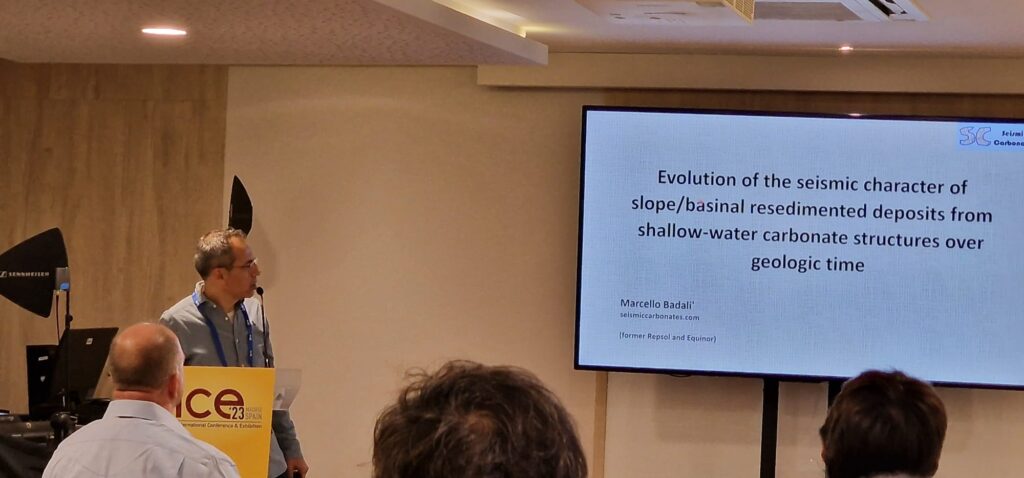
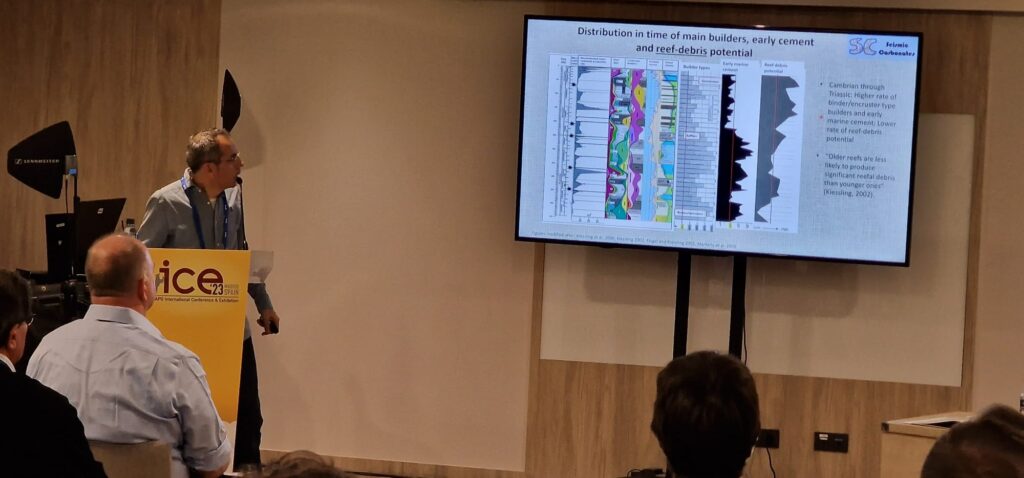
Abstract
Seismic-scale resedimented carbonate bodies, which are deposited at the slope toe or in the basin, such as calciturbidites, debris, talus and megabreccias, represent an important diagnostic criterion for shallow-water carbonate-structure recognition in reflection seismic data. However, are these seismically resolvable, resedimented deposits uniformly distributed along geologic time or have they occurred more frequently in specific ages?
For this research, an extensive study, of approximately 300 shallow-water carbonate systems of different ages, has been performed. These carbonate systems span from Precambrian to present day and have a worldwide distribution of more than 110 sedimentary basins.
Conclusions suggest that seismically resolvable, resedimented carbonates, as defined above, are more common in some geologic ages and carbonate systems than others. Specifically, the presence of these features was found to be related to thickness, slope angle and carbonate factory type.
Quantitative minimum thresholds of thickness and slope angle, above which resedimented carbonate bodies can be commonly seen in seismic data, were defined. Also, seismic-scale debris-talus-calciturbidite deposition was found to be more common in post-Triassic features than in older carbonate platforms, where the observed resedimented bodies are often represented by breccias and megabreccias.
Such conclusions can be of significant help in de-risking carbonate exploration activity.
September 5-7, 2023: 17th Bathurst Meeting of Carbonate Sedimentologists, Naples, Italy
The topic of this poster, “Distribution over geologic time of seismic-scale, early-karst features in shallow-water carbonates”, is part of a larger study Marcello has been carrying on for more than a year. The goal of this research is to investigate possible patterns and trends in the seismic expression of shallow-water carbonates throughout geologic time, from Precambrian to present day (see 2022 AAPG conference below on this page).
Through the study of a database of more than 700 publications, several seismic criteria, or parameters, characterizing 296 shallow-water carbonate systems of different ages, with a worldwide distribution of 159 sedimentary basins, have been analyzed. In this poster, the results regarding the seismic criterion associated with the occurrence/absence of early-karst features are shown.
Abstract
Karst-related features are among the most used diagnostic criteria to recognize carbonate deposits in seismic data. Some of these features are related to large-scale, early post-depositional dissolution processes, most often by meteoric water. However, are these seismically resolvable, early karst features uniformly distributed along geologic time or have they occurred more frequently in specific ages?
296 shallow-water carbonate systems of different ages, spanning from Precambrian to present, with a worldwide distribution of 159 sedimentary basins, have been studied. Conclusions suggest that seismically resolvable, early karst features, as defined above, are more common in some geologic ages and sedimentary settings than others.
Specifically, these features are more likely to be observed in icehouse, non-ramp, non-pinnacle, carbonate deposits. Even though subaerial exposure related to 4th and higher order eustatic cycles has been usually so far associated karstic products of small to moderate size, this study suggests that icehouse, high-frequency, eustatic movements, could actually contribute to large-scale, diagenetic, dissolution processes, to a greater extent than it has been speculated so far. Such a conclusion can be of significant help in de-risking carbonate exploration activity.
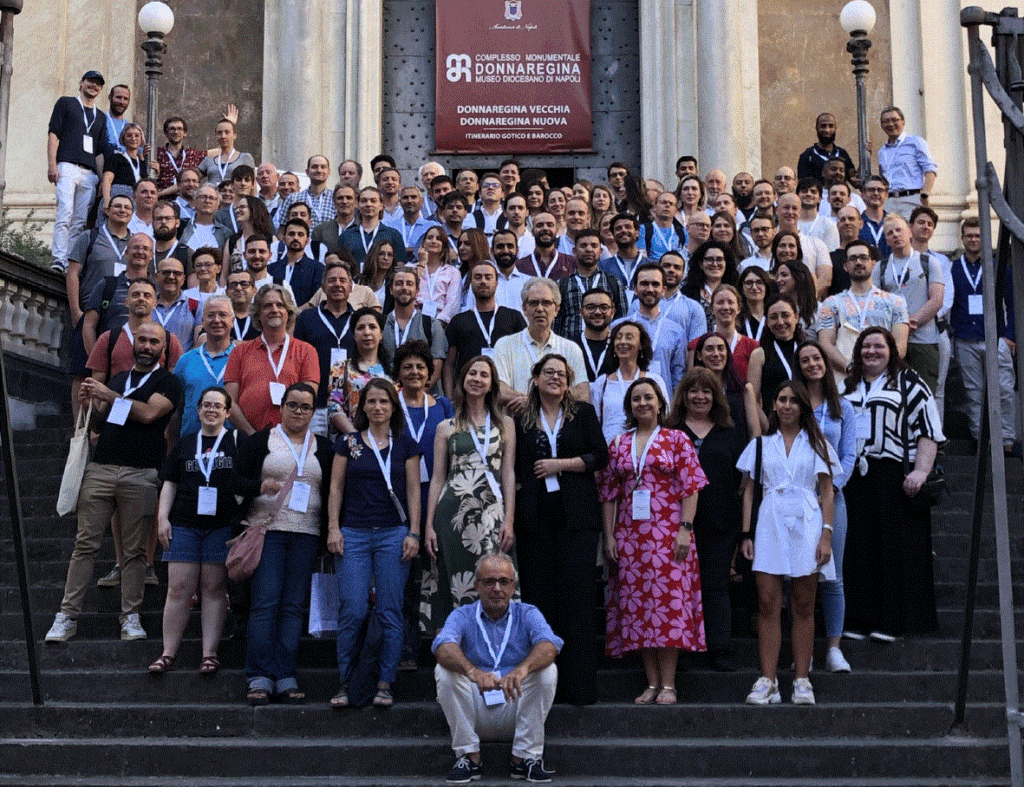
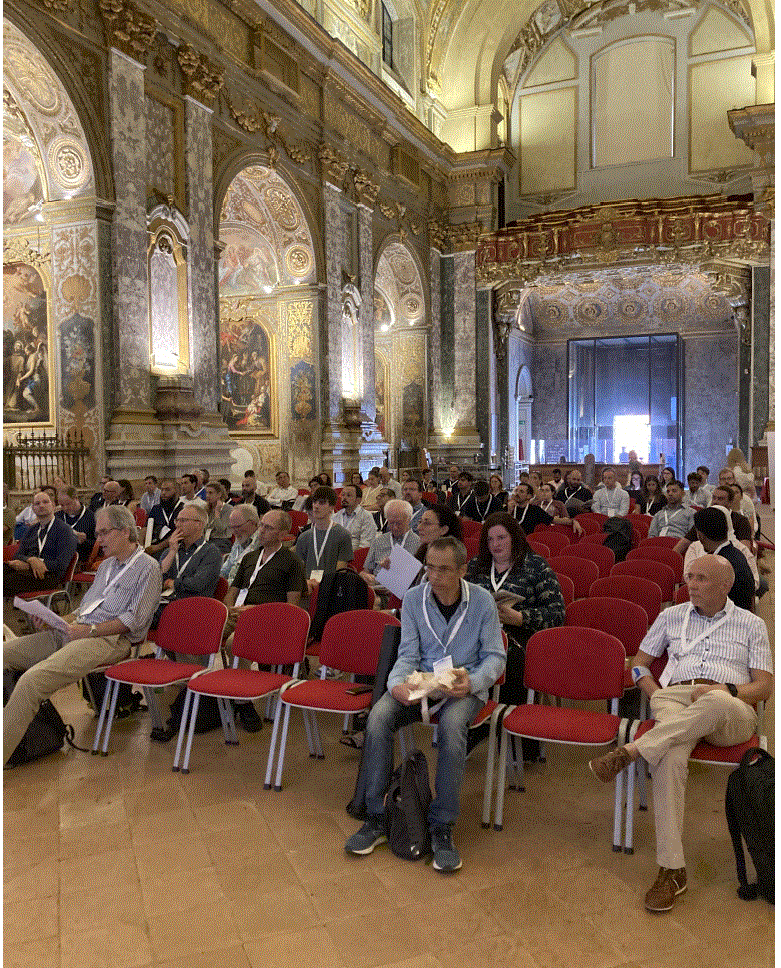
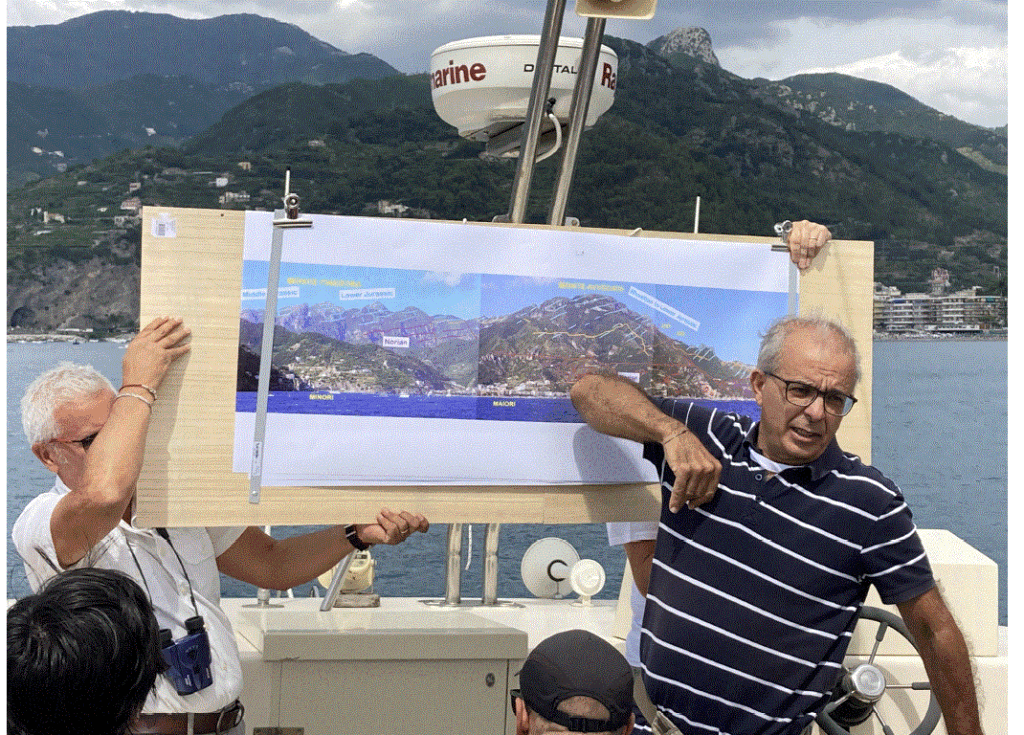

June 22-23, 2022: AAPG “Carbonate Sequences and Reservoirs” conference, Naples, Italy
The subject of Marcello’s speech was the “Seismic Expression of Shallow-Water Carbonate Structures Through Geologic Time”.
Marcello has found particularly interesting to investigate how the evolution of the biota of carbonate builders through time, from Proterozoic to present day, has affected the appearance of carbonate structures and how this, in turn, has reflected on their seismic expression.
This is an additional approach to keep decreasing exploration risks and this is why this topic has been integrated in Marcello’s carbonate seismic interpretation course as an optional module.
A manuscript with the results of this investigation has been accepted for publication and it will be soon published by the SEG/AAPG journal “Interpretation”.
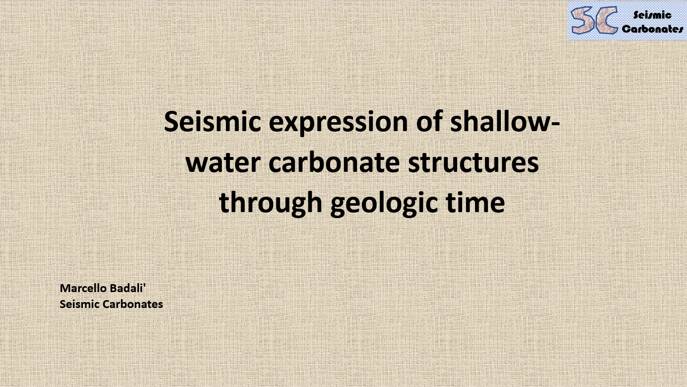
Abstract
Depositional and early diagenetic processes in shallow-water carbonate deposits have undergone significant variations through geologic time, from Proterozoic to recent times. This has reflected in a sequence of carbonate structures characterized by different shapes, sizes and identifying features depending, among other factors, on the age of deposition and the carbonate factory associated with a specific geologic period. These variations, which have been extensively studied in the literature, however not from a seismic interpretation point of view, have a formidable impact on the display of these structures in reflection seismic data. This study aims at providing an overall, albeit not conclusive, picture of how the seismic expression of shallow-water carbonate structures has evolved through time. Several examples from different geologic ages, from Proterozoic to present day, are shown along with a proposal of a qualitative ranking based on some critical discriminating seismic criteria, which is applied to each of the geologic times considered.
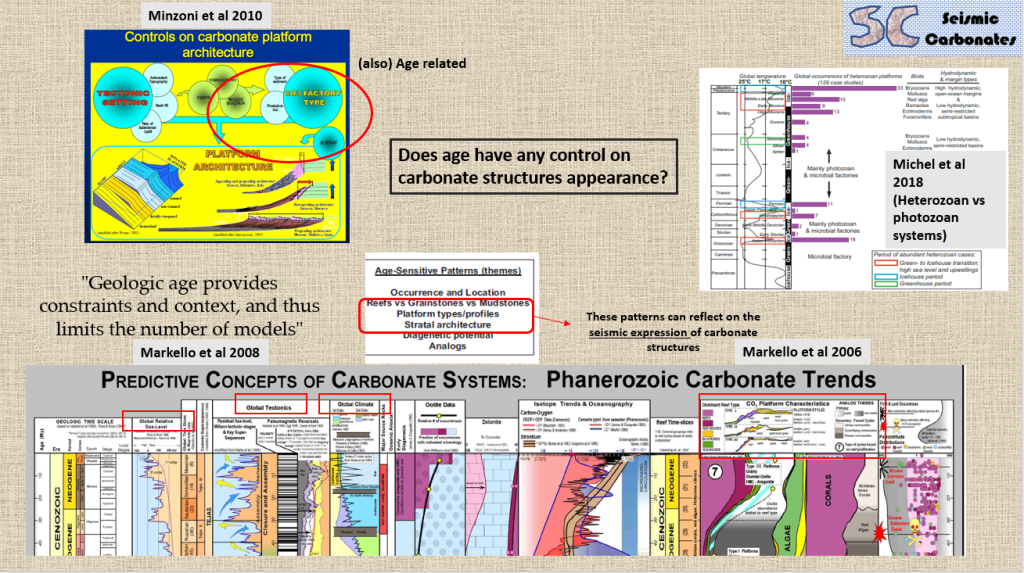
Slide 2 of 33
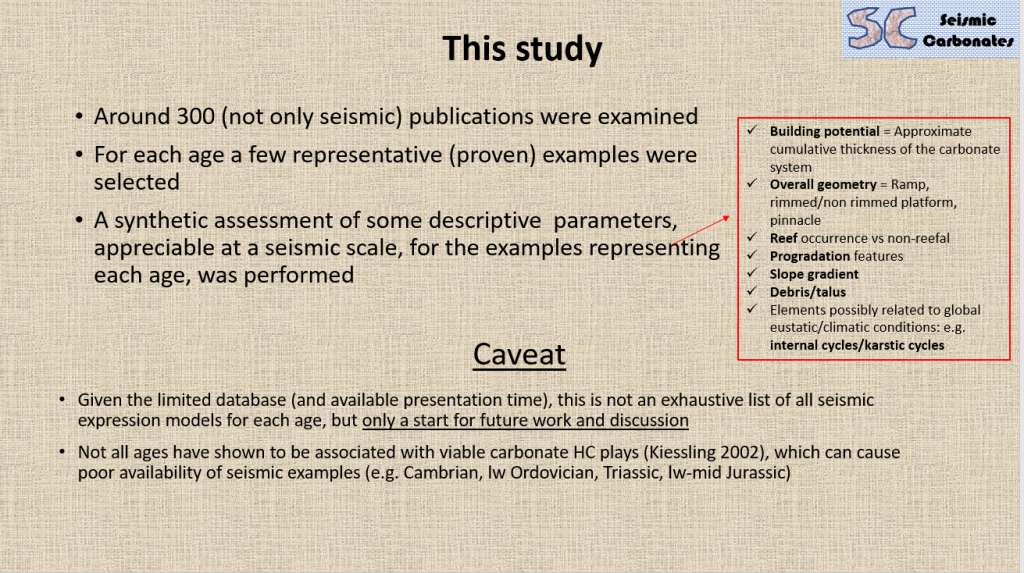
Slide 3 of 33
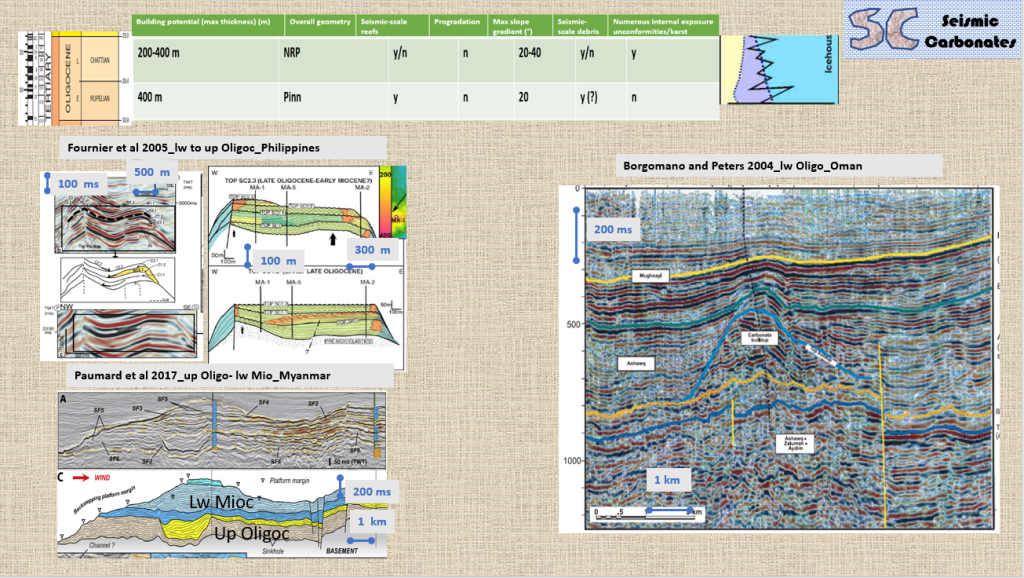
Slide 27 of 33 (Oligocene age)
Field Seminar
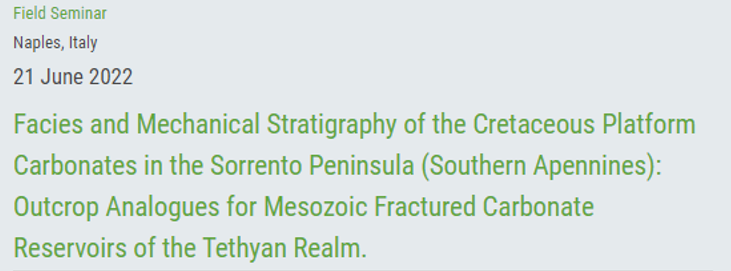
Marcello also joined an interesting fieldtrip, associated with the AAPG event and run by Alessandro Iannace, Stefano Tavani and Mariano Parente of the University of Naples, on fractured platform carbonates of the Southern Apennines. The continuous development and update of our expertise is critical in our professional activity.
